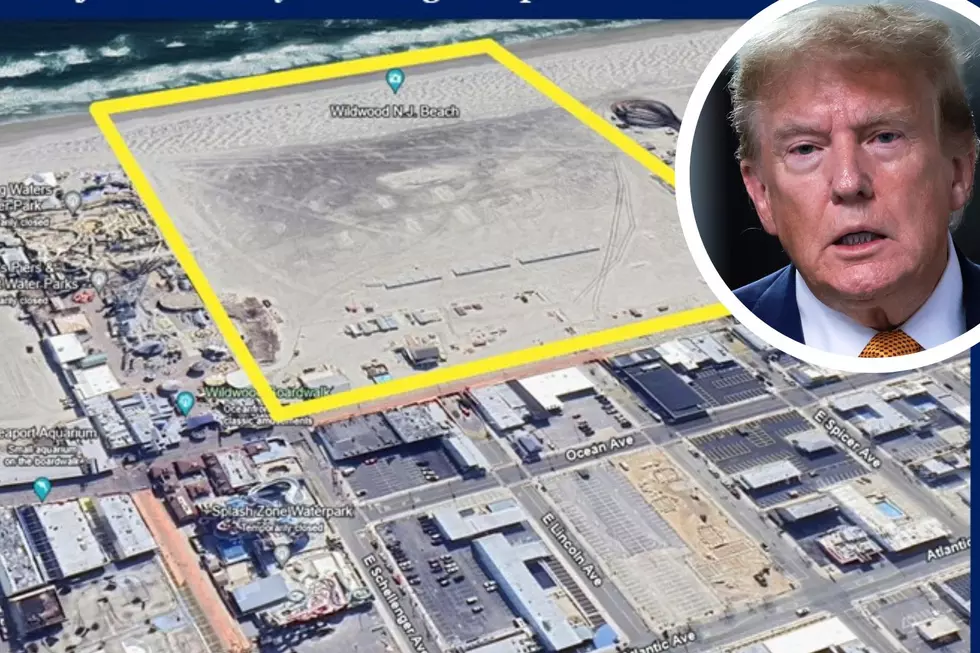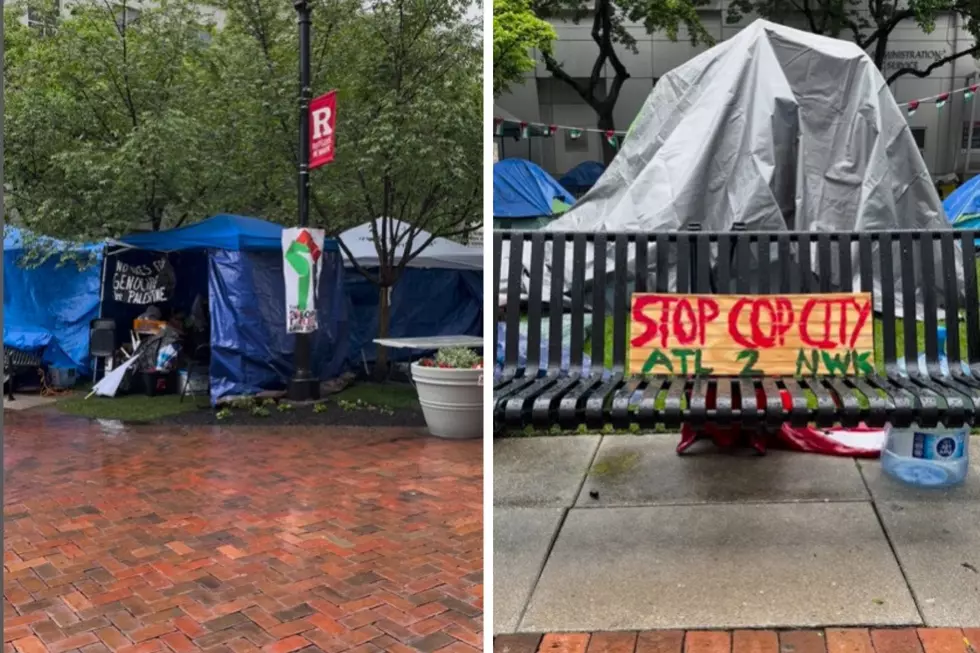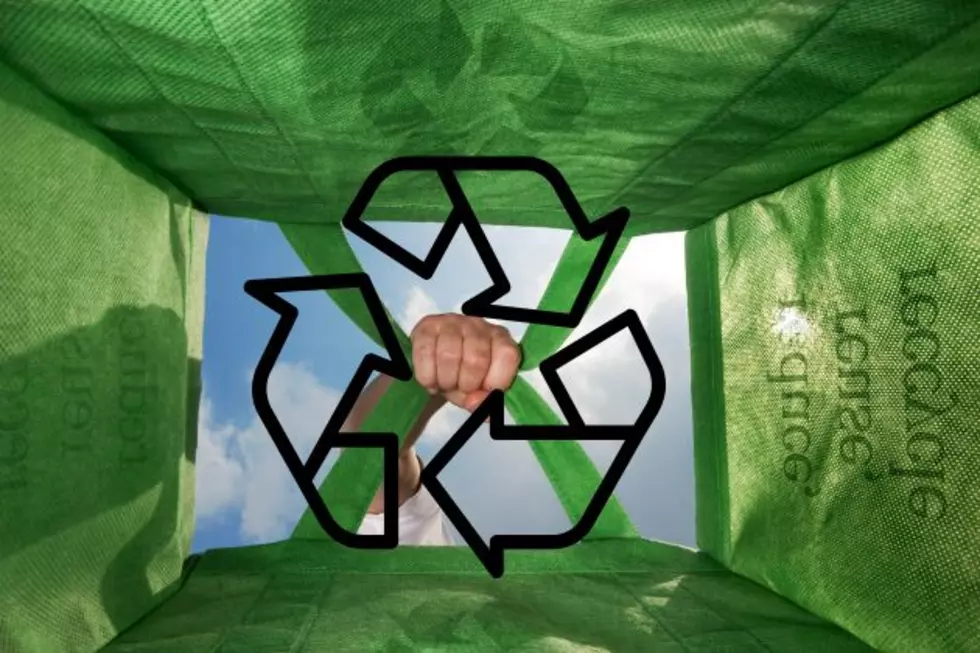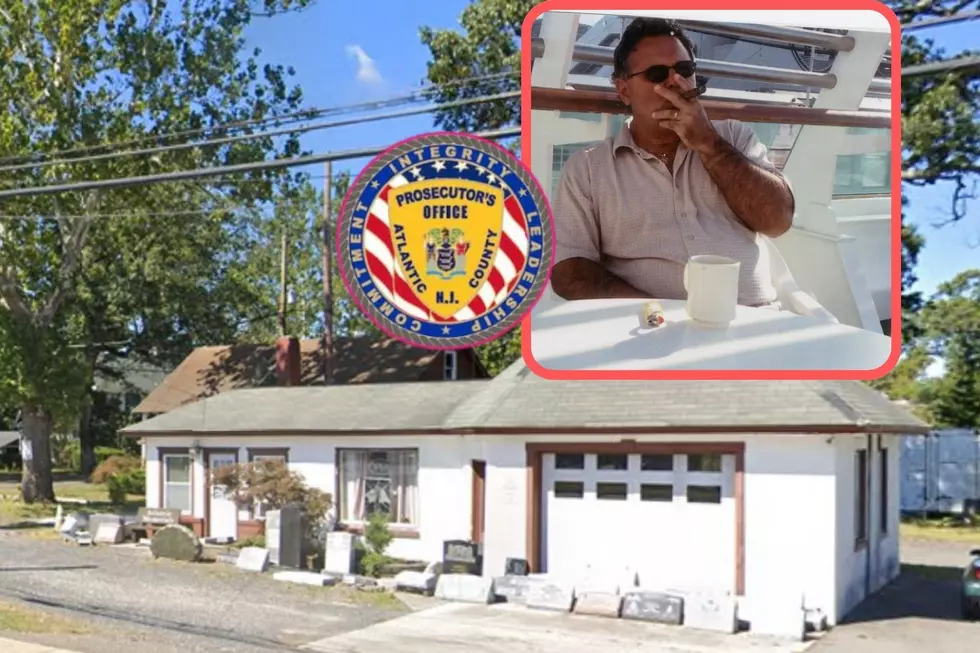
Time for nuclear and natural gas to dominate the NJ grid (Opinion)
Now that Orsted has smartly backed out of the wind turbine project, it's time to look forward and decide what's next.
The current administration in Trenton and their shills in the Legislature are scrambling to save face.
Pushing a project that would have cost the taxpayers a billion dollars, scarred the landscape of the Jersey Shore, damaged marine life, crushed commercial and tourist fishing, raised costs for ratepayers, and fallen short on rising energy demands has taken a political toll.
The governor was clearly agitated in his scathing response to Orsted, but it's just the ranting of an immature radical who didn't get his way.
What comes next?
As far as what's next, the answer is clear. New Jersey needs to invest in a new nuclear plan that can produce the power necessary for our growing energy needs. A new plant could save approximately $6 billion but unlike solar and wind, the energy production operates at a conservative capacity factor of 85%.
Compared to solar and wind, which operate in the 20s and 30s, respectively, this is a no-brainer. Clean, efficient, and cost-effective, this is the true "green project" that New Jersey needs.
If we eliminate the tax breaks for EVs and home solar programs (honoring those already in place, of course) and reallocate the subsidies currently propping up the broken pension plan, which is costing the taxpayers nearly $7 billion annually, not to mention the $1 billion going to make millionaires on staff at Rutgers, the down payment on a new plant could be budgeted in the first year of the next governor's first term.
Add to that the private capital that could be brought in to match and the time to build, which is estimated at about 5 years, we could be up and running by the end of this decade.
In addition, we know that the next most efficient form of energy production is natural gas. The cost and timing of a natural gas plant can be about two years for less money.
Even before we consider natural gas plants, we need to improve the gas pipeline infrastructure to make sure the delivery is safe and efficient.
So we have two great options to reduce pollution, lower costs, and provide energy for a growing population. Thousands of jobs will be created and tax revenues will rise. This is a win-win for all residents of New Jersey.
We need to start with the new Legislature in January 2024 to recoup money that was wasted on Orsted and block any future boondoggles. That will pave the way for the new governor in January 2026 to bring NJ into the modern energy world.
All the NJ candidates endorsed by Bill Spadea in this election
Gallery Credit: Bill Spadea
The post above reflects the thoughts and observations of New Jersey 101.5 talk show host Bill Spadea. Any opinions expressed are Bill's own. Bill Spadea is on the air weekdays from 6 to 10 a.m., talkin’ Jersey, taking your calls at 1-800-283-1015.
More From New Jersey 101.5 FM









